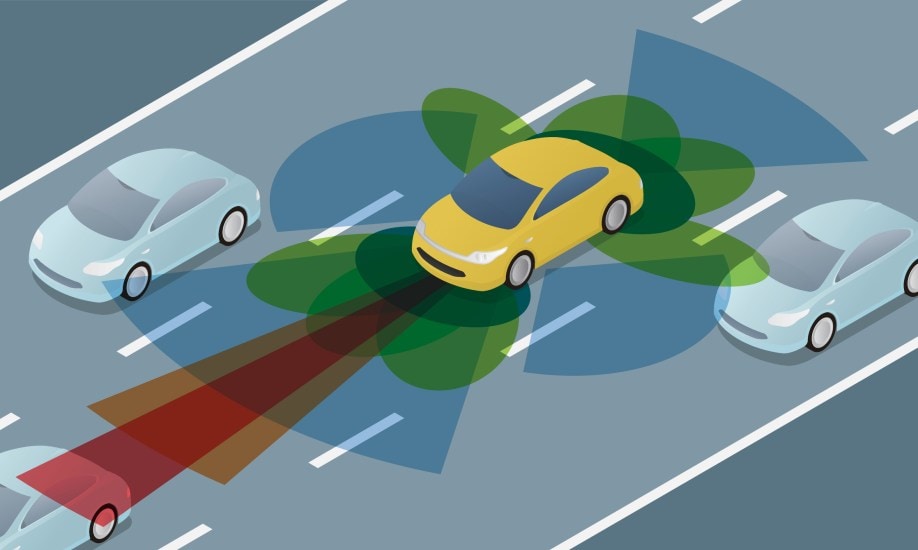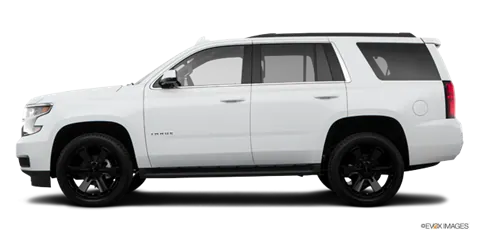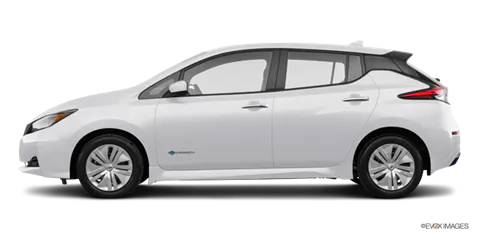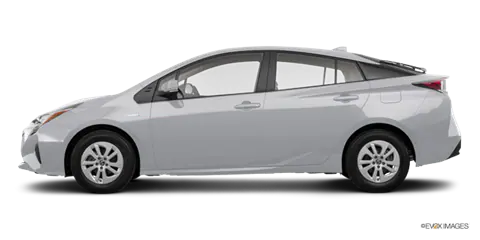Advanced driver assists and safety systems are more common than ever. However, most consumers are unaware of the higher costs to buy, insure, and repair this high technology.
My family’s car uses a driver-assist and collision-avoidance system powered in part by a camera mounted high and behind the windshield. Recently, after a truck flung a rock into the windshield, we needed to replace it.
Small rock, big hit
After paying a $250 insurance deductible, our American Automobile Association (AAA) policy covered the replacement cost of the glass, and it wasn’t cheap. According to AAA data, windshields for vehicles equipped with advanced driver assistance system (ADAS) technology can cost about $1,500.
Initially, our Safelite repair shop planned to replace the windshield with an aftermarket component. But, once they got our original part off of the vehicle, they realized the replacement was incompatible with our system. That meant they had to order another windshield from the manufacturer, one that cost more.
We were on the hook only for the deductible, so this didn’t concern me. But it should concern AAA, and evidently does because they’ve published research pertaining to the rising costs of repairing vehicles with driver assists.
More technology, more cost
Modern driver and safety assist systems use various sensors, cameras, and radar units. These typically mount in locations that make them vulnerable in collisions – even minor ones. For example, a Honda Civic equipped with Lane Watch uses a camera mounted on the right side-view mirror. If that mirror hits something (or is hit by something), that camera’s presence makes replacing the mirror a far costlier proposition.
Based on AAA’s research, this is what some these components cost to replace, above and beyond any bodywork repairs:
- $500 to $1,300: Parking sensors embedded into the front and/or rear bumpers
- $500 to $1,100: Camera sensors that look forward, to the rear, to the side, and in surround-view mode
- $850 to $1,900: Camera sensors for adaptive cruise control and automatic emergency braking systems
- $850 to $2,050: Radar sensors for blind-spot monitoring and rear cross-traffic alert
- $900 to $1,300: Radar sensors for adaptive cruise control and automatic emergency braking systems
- $1,500: Factory-approved windshield
Higher coverage rates for driver assists
Naturally, your next question is whether or not your insurance company charges you more for a car with these technologies. The answer, apparently, is yes.
In an interview with Car and Driver last fall, AAA public affairs manager John Paul told the publication that the costs for repairing vehicles with driver-assist technology are “baked in.” He explained that until real-world data proves that these systems reduce collisions, insurance companies must base policy rates on what it will cost to fix the vehicle.
Despite the potential for added insurance costs, the benefits of driver and safety assists outweigh the additional expense. According to the AAA Foundation for Traffic Safety, if every vehicle employs the systems and drivers use them properly, there would be 2.7 million fewer crashes, 1.1 million fewer injuries, and 9,500 fewer deaths each year.
If your car has advanced driver and safety assist technology, AAA recommends the following:
Understand how driver assists work
Does your car have adaptive cruise control? Is it the kind that brings the car to a complete stop in traffic, or not? You need to know this before using it, or you’ll end up crashing into the back of another vehicle. Read your owner’s manual, watch video explainers from the company that built your car, or go to the dealership where you bought it to gain the necessary understanding.
Carry the proper level of insurance
According to AAA, the average repair cost of minor front or rear collision damage on a vehicle with these systems is $5,300. That’s more than double the average for a vehicle without them. Be sure your policy offers enough coverage, and that it specifically covers system repair. Also, set the deductible at a value you can afford.
Be sure your repair shop can recalibrate the system
When repairing your damaged vehicle, the driver and safety assists require recalibration, and this takes specialized tools and knowledge. If the repair shop doesn’t have this capability, you need to take the vehicle elsewhere.
The shop we chose for our own windshield repair had the proper technicians on staff to recalibrate the ADAS. However, while we waited for the replacement glass to arrive from the automaker, Safelite installed the aftermarket windshield for us to use until our next appointment.
For almost a week, this incorrect windshield disabled our SUV’s assists. A warning showed on the driver information system each time we started the vehicle. This made my wife and I feel less safe, and also reminded us that these features were unavailable to help reduce the potential for a collision.
We bought our vehicle specifically for its safety systems and crash-test ratings, so once the factory windshield back in place and the assists properly recalibrated, we felt much better.
Our insurance might be higher, but to us, peace of mind is worth it.

















